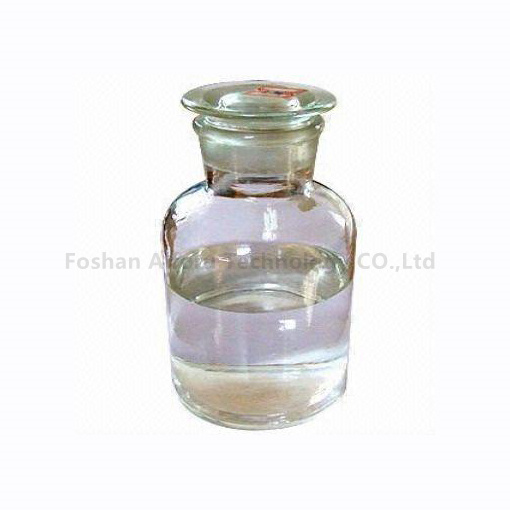The chemical proportions used to make polyurethane foam may vary, depending on the specific formulation you use. However, it is generally based on the weight of the two main components (polyol and isocyanate). This ratio varies between 1:1 and 2:1.
The ratio of polyol to isocyanate is usually expressed as the isocyanate index. It is calculated by dividing the total mass of isocyanate by the theoretical mass of isocyanate required to react completely with the polyol. The isocyanate index is an important parameter that affects the properties of foamed foams. Such as density, hardness and compression resistance.
In addition to polyols and isocyanates, other chemicals can be added to the formulation to modify the properties of the foam. For example, blowing agents (e.g. water or pentane) can be added to produce the desired foam structure, while surfactants can be added to control the size and distribution of the foam pores.
Specific chemical ratios and formulations for the manufacture of flexible foams can be customised to meet the specific requirements of the application. Foams with a wide range of properties (e.g. different densities, compressive strengths and insulation values) can be produced to suit a variety of applications, including furniture, bedding and automotive applications.


